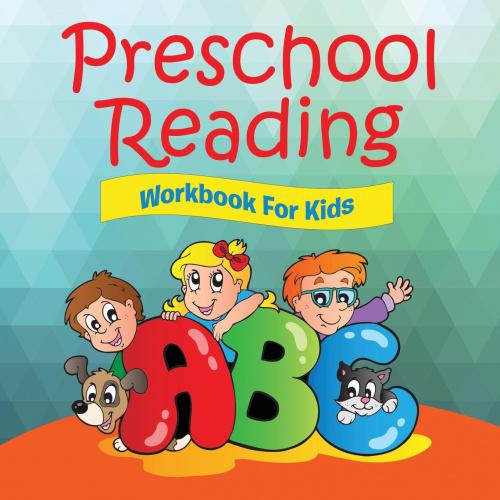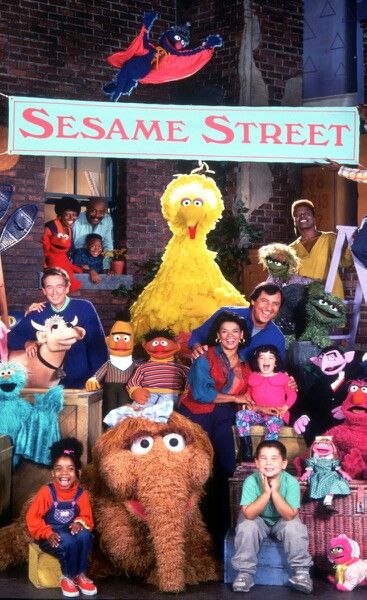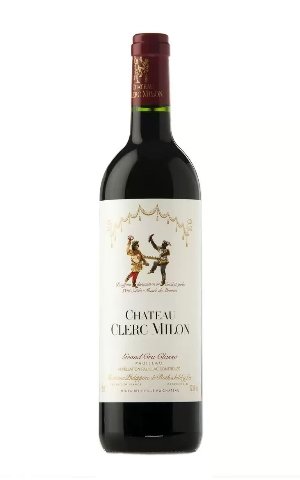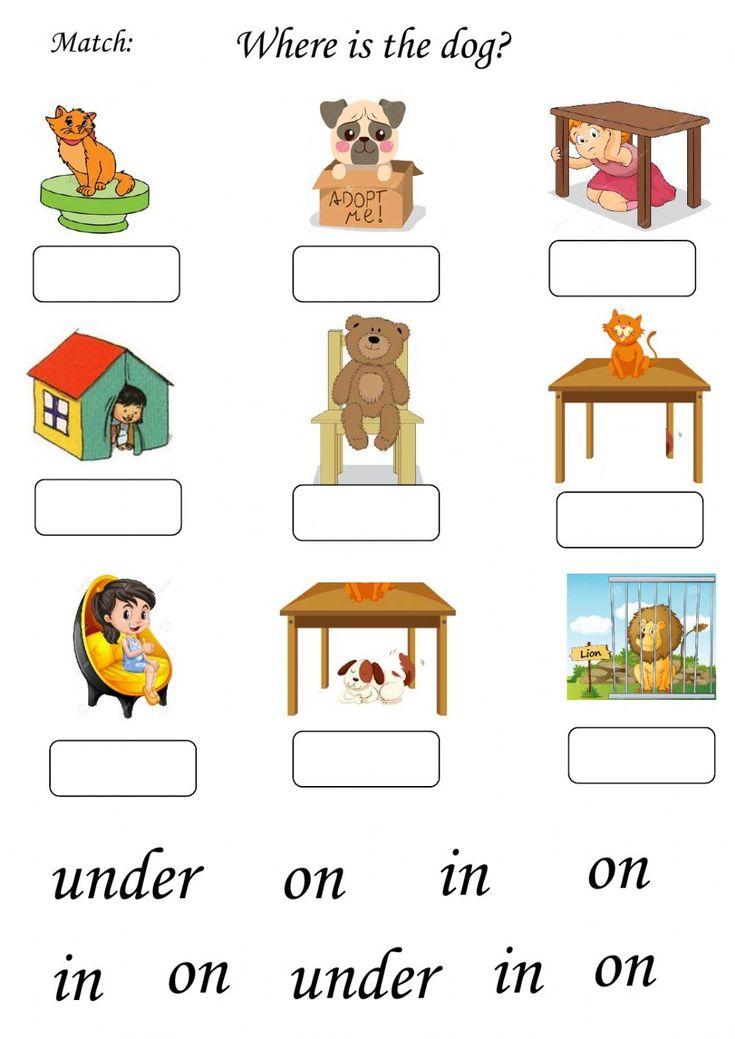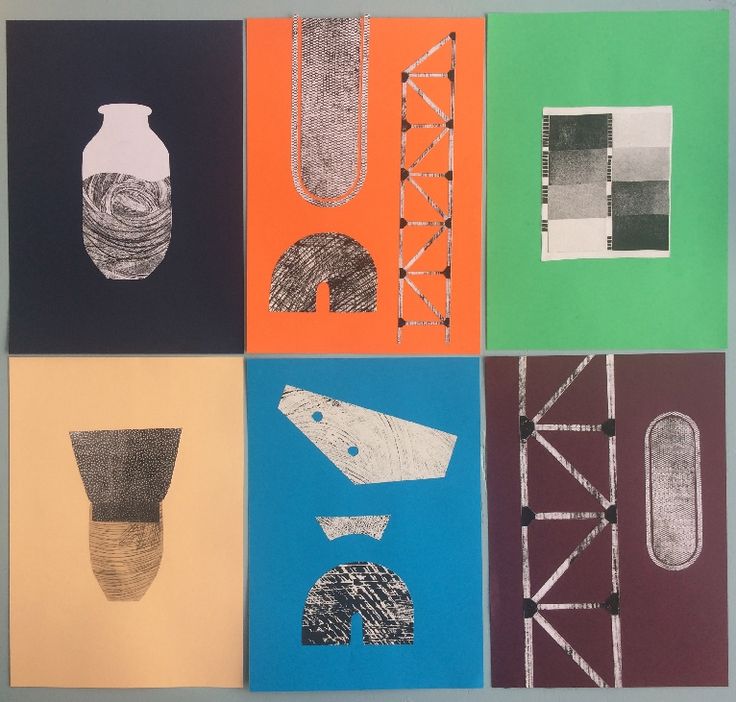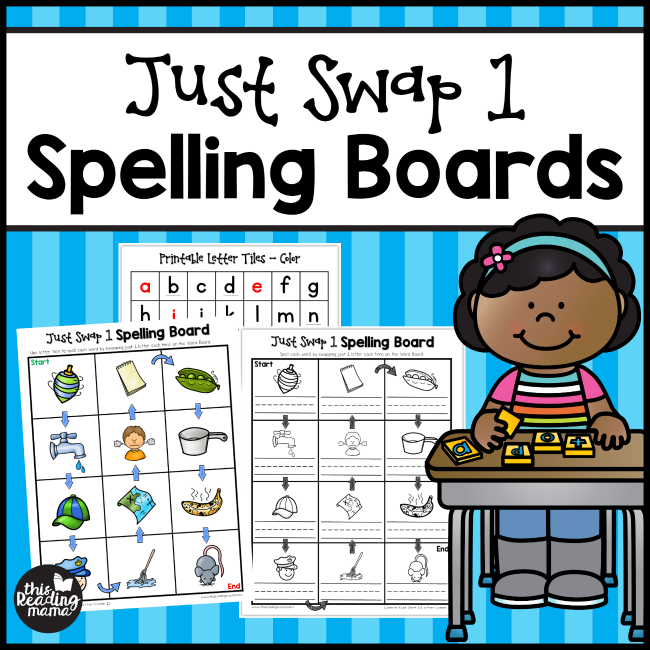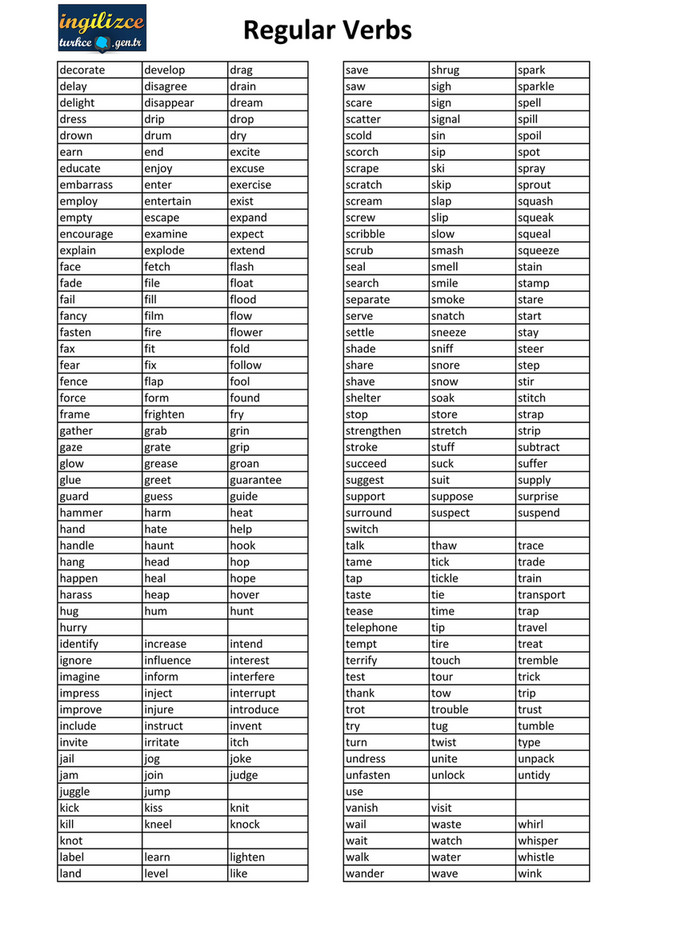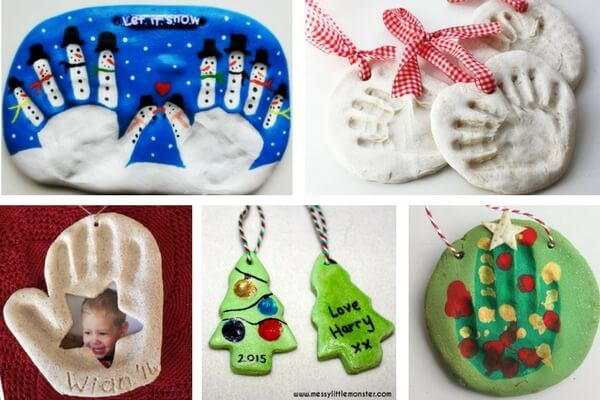Readers for preschoolers
Great Read Alouds for Preschoolers
Froodle
By: Antoinette Portis
Genre: Fiction
Age Level: 3-6
Reading Level: Beginning Reader
It all started with a little brown bird that tired of making and hearing the same old sounds: caw, coo, chirp, peep. Instead, it said “Froodle sproodle!” which came as an unwelcome shock to the crow, cardinal and dove. But the small brown bird’s continued wordplay inspired the others — even the crow. Simple, bold illustrations and varied type present a comical tale of individuality and lots of potential for wordplay.
Purchase on Bookshop
Purchase on Amazon
Purchase Kindle version
If You Were a Dog
By: Jamie Swenson
Illustrated by: Chris Raschka
Genre: Fiction
Age Level: 3-6
Reading Level: Beginning Reader
Effervescent language and lively illustrations ask readers what kind of dog, cat, fist, bird, bug, frog, or dinosaur they’d be — but since they are not, they can "arrooo! like a dog, hiss! like a cat," or even "chomp, stomp, roar! like a dinosaur" in this playful, imaginative book.
Purchase on Amazon
Purchase Kindle version
Kitten's First Full Moon
By: Kevin Henkes
Genre: Fiction
Age Level: 3-6
Reading Level: Pre-Reader
Children will delight in Kitten’s mistake. They know that what she thinks is a bowl of milk is really the moon’s reflection. Mostly black and white (and shades of gray) illustration expressively depict Kitten. Children enjoy the visual and verbal patterns throughout. (2005 Caldecott Medal Winner)
Purchase on Bookshop
Purchase on Amazon
Purchase Audible book
Little Mouse
By: Alison Murray
Genre: Fiction
Age Level: 0-3
Reading Level: Pre-Reader
When the young narrator feels quiet and cuddly, she doesn’t mind being her mom’s Little Mouse. Other times, she is as strong as an ox or brave and scary like a lion. A child’s daily changing moods are reflected in the open illustrations and simple text.
Purchase on Amazon
Llama Llama Mad at Mama
By: Anna Dewdney
Genre: Fiction
Age Level: 0-3
Reading Level: Pre-Reader
Little Llama Llama has a major meltdown when he tires of shopping with Mama in the shop-o-rama. But Mama Llama is smart and figures out how do end the llama drama. The rhyming text shares not only a common experience but a great deal of llama wisdom all told with good humor and rhyme.
But Mama Llama is smart and figures out how do end the llama drama. The rhyming text shares not only a common experience but a great deal of llama wisdom all told with good humor and rhyme.
Purchase on Bookshop
Purchase on Amazon
Purchase Audible book
Purchase Kindle version
Marc Brown's Playtime Rhymes: A Treasury for Families to Learn and Play Together
By: Marc Brown
Genre: Fiction, Poetry
Age Level: 0-3
Reading Level: Pre-Reader
Twenty familiar and some lesser-known rhymes are just right for sharing. Actions are shown in small pictograms that accompany each line. One fingerplay appears on each double page with gentle, idealized illustration for a collection perfect for sharing.
Purchase on Amazon
Maria Had a Little Llama/Maria tenia una llamita
By: Angela Domínguez
Genre: Fiction
Age Level: 3-6
Reading Level: Pre-Reader
Cheerful, childlike depictions of Maria and her much loved llama set the familiar rhyme, “Mary Had a Little Lamb”, in a Peruvian village.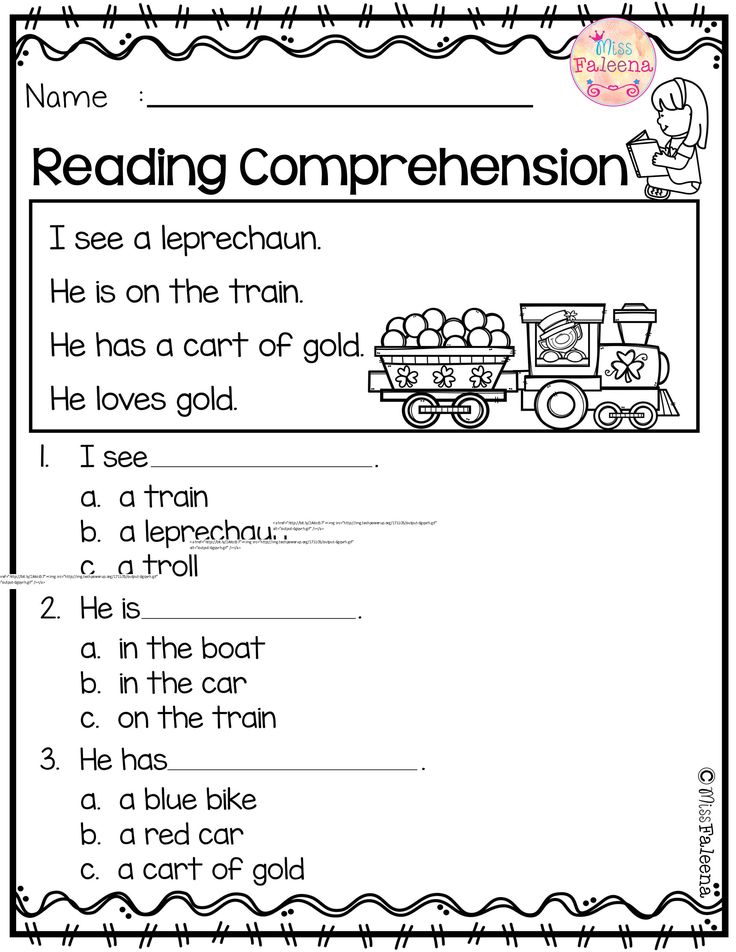 The little white llama follows Maria to school, makes the children laugh, but with a distinctive and unique setting and characters in a familiar cadence.
The little white llama follows Maria to school, makes the children laugh, but with a distinctive and unique setting and characters in a familiar cadence.
Purchase on Bookshop
Purchase on Amazon
Purchase Kindle version
Time-Out for Sophie
By: Rosemary Wells
Genre: Fiction
Age Level: 0-3
Reading Level: Pre-Reader
Exasperated Mama and Daddy put Sophie in time-out when she dumps her dinner and tosses the clean laundry. But when Granny puts herself in time-out during their book-sharing, Sophie straightens up. Text and illustration capture a young child’s tenacious behavior and her adults’ reactions, sure to be recognized by all.
Purchase on Bookshop
Purchase on Amazon
Purchase Kindle version
Tippy-Toe, Chick, Go!
By: George Shannon
Illustrated by: Laura Dronzek
Genre: Fiction
Age Level: 0-3
Reading Level: Pre-Reader
Can the youngest chick solve the problem and help the family get to their tasty meal of potato bugs and beans? Of course, for only she can run tippy-toe around the fierce — but leashed — dog! Young children will appreciate the youngest chick’s success in this brightly illustrated tale.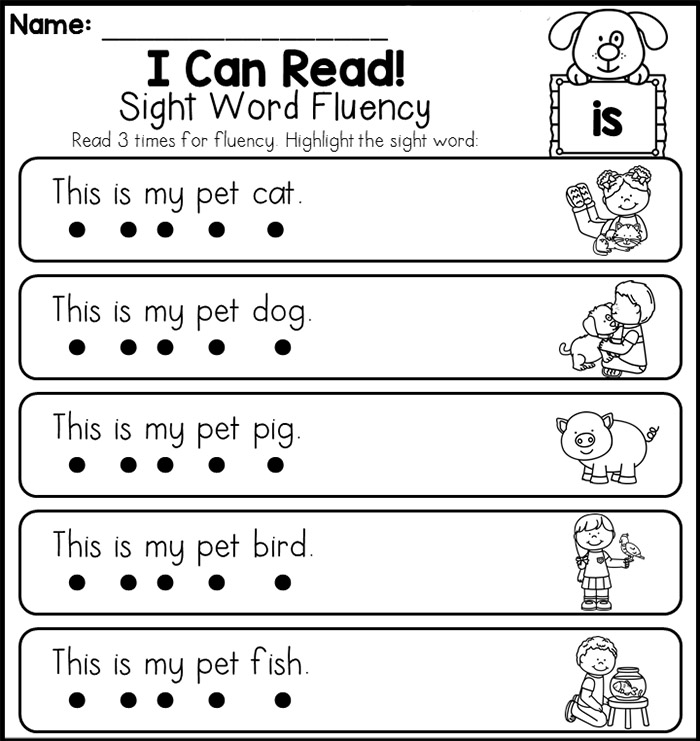
Purchase on Bookshop
Purchase on Amazon
Tiptoe Joe
By: Ginger Foglesong Guy
Illustrated by: Laura Rankin
Genre: Fiction
Age Level: 0-3
Reading Level: Pre-Reader
A big brown bear in red sneakers tiptoes fast to invite his friends to "…come with me/I know something you should see." Each animal clops, thuds or swishes to see Joe's surprise: two sleeping cubs with their mother. Told with lively language and humorous illustrations.
Purchase on Bookshop
Purchase on Amazon
Whistle for Willie
By: Ezra Keats
Genre: Fiction
Age Level: 0-3
Reading Level: Pre-Reader
Oh, how Peter wished he could whistle to call his dog, Willie. Try as he might, he just couldn’t seem to make the sound come out — until one day he could! The simple description of a child’s yearning is told in natural language and charming collage illustrations.
Purchase on Amazon
Purchase Audible book
Purchase Kindle version
Yoo-Hoo, Lady Bug!
By: Mem Fox
Illustrated by: Laura Ljungkvist
Genre: Fiction, Poetry
Age Level: 0-3
Reading Level: Pre-Reader
A small ladybug loves to hide — and she does it well in each familiar scene.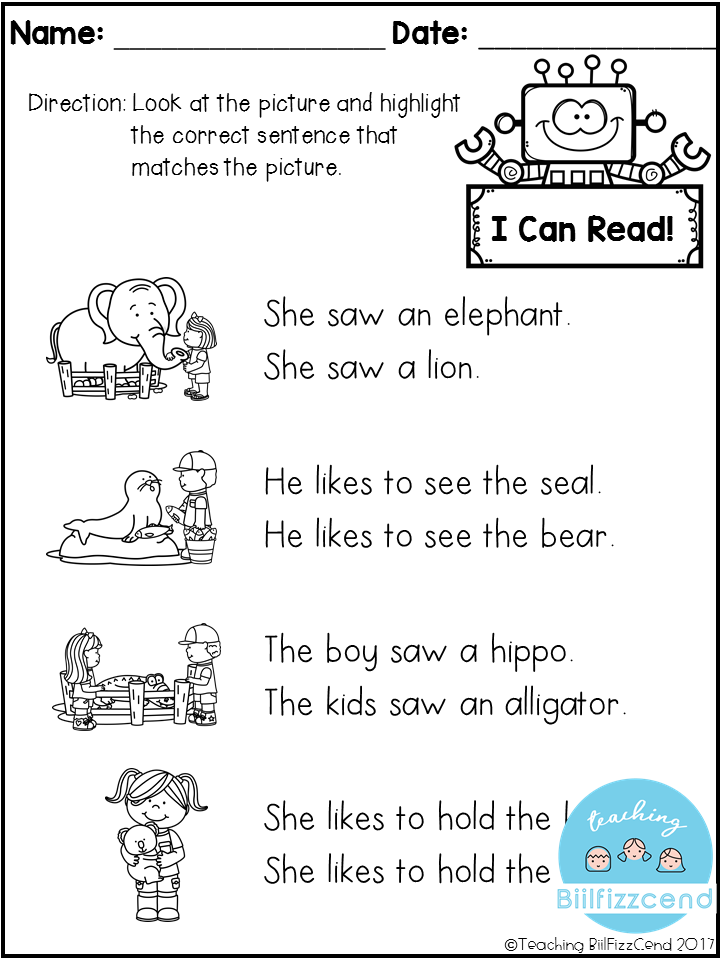 "Yoo-hoo, Ladybug? Where are you?" She's hiding behind the teddy bear, tucked in a box, and other places in this brightly illustrated, rhyming hide-and-seek book for younger children.
"Yoo-hoo, Ladybug? Where are you?" She's hiding behind the teddy bear, tucked in a box, and other places in this brightly illustrated, rhyming hide-and-seek book for younger children.
Purchase on Bookshop
Purchase on Amazon
Purchase Kindle version
Proceeds from the sale of books purchased at Bookshop.org and Amazon.com help support the Reading Rockets project. Thank you!
Best Preschool Books for the Classroom
Reading preschool books aloud to students is the best—the excitement, the comments (both related and unrelated, of course!), and the magical hush that falls over the classroom when you share the perfect title. A preschool classroom that’s fully stocked with diverse, top-quality books makes a huge difference for kids. Read on for 50+ of our recent top picks!
Psst: Don’t think we forgot about all our old favorite preschool books—many are included on this list of Books That Will Make You Nostalgic for Preschool.
ADVERTISEMENT
(Just a heads up! WeAreTeachers may collect a share of sales from the links on this page.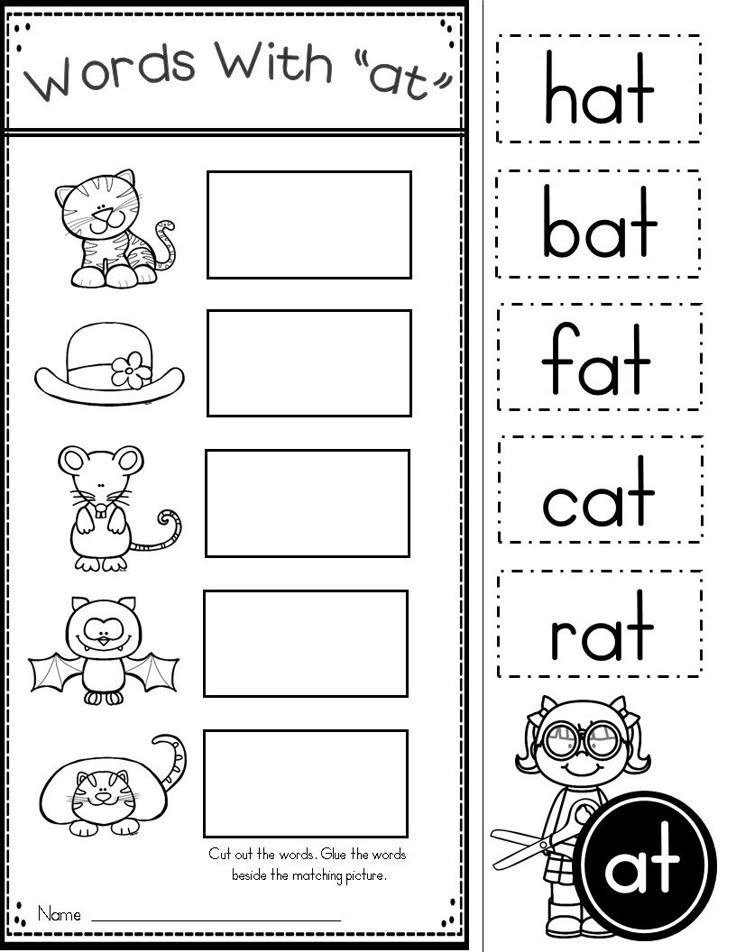 We only recommend items our team loves!)
We only recommend items our team loves!)
1. Luli and the Language of Tea by Andrea Wang
There are lots of kids in the childcare room while their adults attend English as a Second Language classes, but none of them speak to each other. That is until Luli makes a plan to bring them together to share tea and cookies. This is an adorable, heartwarming story about connecting with others that could definitely inspire many preschool tea parties!
Buy it: Luli and the Language of Tea on Amazon
2. Berry Song by Michaela Goade
A young girl and her grandmother gather berries together and thank the earth, celebrating Tlingit traditions and the seasons. Definitely add this lovely, relatable book to your preschool books that represent indigenous cultures.
Buy it: Berry Song on Amazon
3. Bodies Are Cool by Tyler Feder
This title belongs in every single classroom collection of preschool books. It’s hands-down the most positive and inclusive book we’ve ever seen about physical appearance.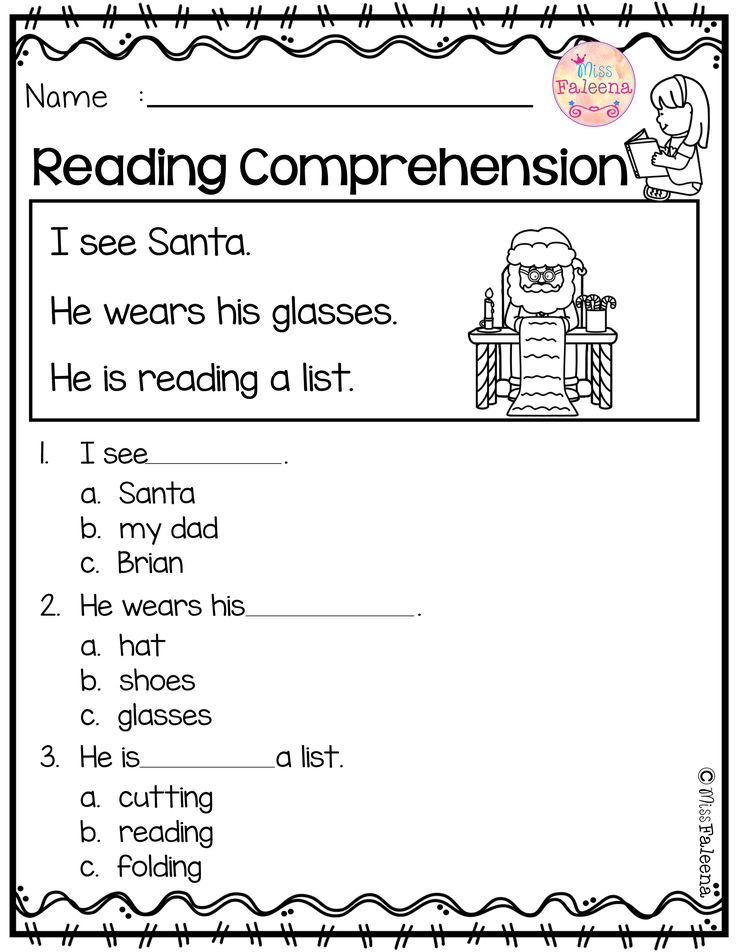 No matter your shape, size, hair, skin color and markings, features—bodies are amazingly cool.
No matter your shape, size, hair, skin color and markings, features—bodies are amazingly cool.
Buy it: Bodies Are Cool on Amazon
4. Circle Round by Anne Sibley O’Brien
There’s so much to talk about in the pictures of this sweet counting book. At the park, more circles (a ball, bike wheels, Hula-Hoops) mean more chances to play with friends!
Buy it: Circle Round on Amazon
5. Ice Cream Face by Heidi Woodward Sheffield
We can’t have enough preschool books about feelings. This one explores emotions through the best context: ice cream! Kids can easily imagine how it would feel to be waiting in line for ice cream, eating ice cream, even dropping ice cream. Lots of fun follow-up project possibilities too!
Buy it: Ice Cream Face on Amazon
6. Mama and Mommy and Me in the Middle by Nina LaCour
Family stories are staple preschool books. When Mommy goes away for the week, a little girl and her Mama make their own fun. Then they are happy to be reunited when Mommy returns.
Then they are happy to be reunited when Mommy returns.
Buy it: Mama and Mommy and Me in the Middle on Amazon
7. Everybody in the Red Brick Building by Anne Wynter
Preschool books with fun sounds make great read-alouds. Late at night, a series of noises wakes up everyone in an apartment building one by one. What will lull them back to sleep? Illustrations by one of our favorites, Oge Mora, make this book sing.
Buy it: Everybody in the Red Brick Building on Amazon
8., 9. & 10. Baby Bear Counts One, Baby Bear Sees Blue, and Where, Oh Where, Is Baby Bear? by Ashley Wolff
There are plenty of sweet bear stories, but it’s the gorgeous linocut illustrations that really make these concept books stand out. They build children’s vocabulary and content knowledge about a bear’s habitat too.
Buy it: Baby Bear Counts One, Baby Bear Sees Blue and Where, Oh Where, Is Baby Bear? on Amazon
11. Mrs. Peanuckle’s Alphabet series by Mrs. Peanuckle
Everything about this series is downright adorable.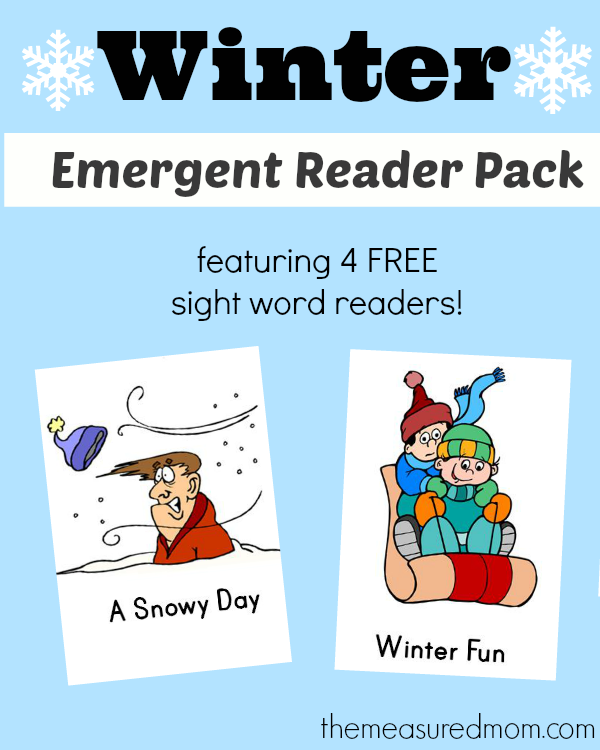 Each book marches through a nature-themed version of the ABCs with engaging facts about bugs, birds, veggies, fruits, trees, or flowers—all while using cheerful mixed-media art.
Each book marches through a nature-themed version of the ABCs with engaging facts about bugs, birds, veggies, fruits, trees, or flowers—all while using cheerful mixed-media art.
Buy it: Mrs. Peanuckle’s Alphabet series on Amazon
12. Bear Is Awake! An Alphabet Story by Hannah E. Harrison
We love preschool books that combine the alphabet with a great picture story. Hearing kids’ reactions as the narrative about a hungry bear unfolds is a treat. A is for “awake. …”
Buy it: Bear Is Awake! An Alphabet Story on Amazon
13. The Peas Series by Keith Baker
The original title in this series, LMNO Peas, is a longtime preschool book favorite because it combines two preschool loves: the alphabet and exploration of occupations. (Plus, could those little peas be any cuter?) We love having the latest installment, LMNO Pea-Quel, on hand for our pre-K kiddos as they start to tune in to lowercase letters, which are highlighted in this book.
Buy it: The Peas Series on Amazon
14.
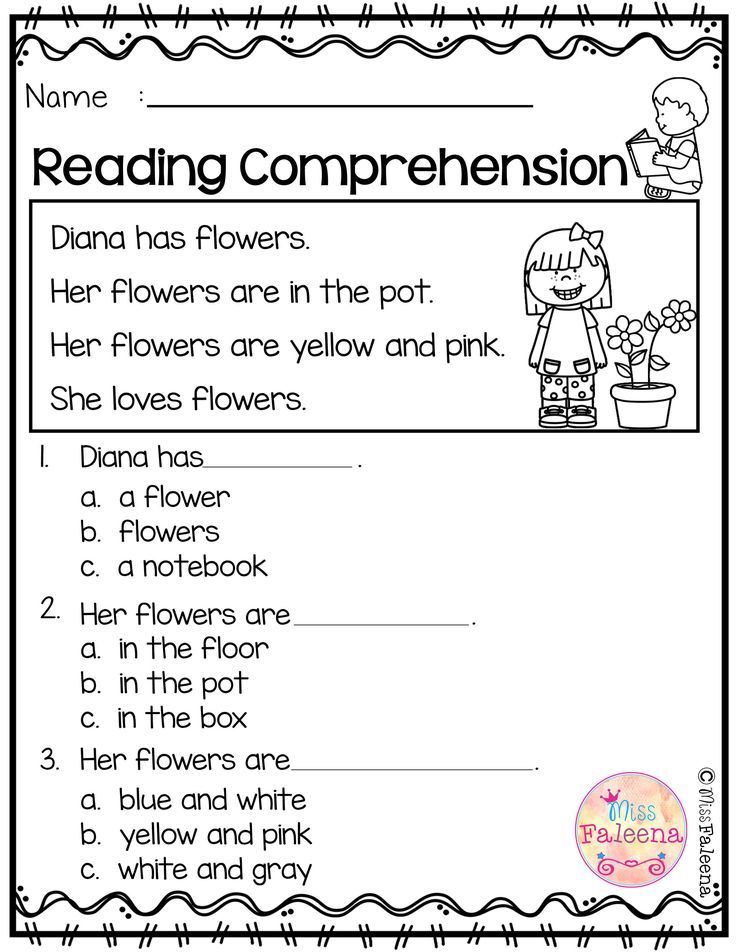 Again, Essie? by Jenny Lacika
Again, Essie? by Jenny LacikaBig brother Rafael wants to protect his toys from his toddler sister Essie. He fits together boxes and other found materials to make a wall. Will it work? Explore vocabulary like “tall,” “skinny,” “wide,” and more. We think every preschool classroom should have a full set of the Storytelling Math series books because they are SO good. Many are also available in Spanish, and each one includes “Exploring the Math” activity ideas.
Buy it: Again, Essie? on Amazon
15. Five Hiding Ostriches by Barbara Barbieri McGrath
Five little ostriches wonder what to do when they spot a lion. This adorable spin on “Five Little Pumpkins” is such fun to read aloud and act out as a class.
Buy it: Five Hiding Ostriches on Amazon
16. Circle Under Berry by Carter Higgins
Explore shapes, colors, and prepositions with this most inventive of preschool books that’ll really get your class talking. It starts out simple but ramps up as the book goes on, making it a great multi-age concept book.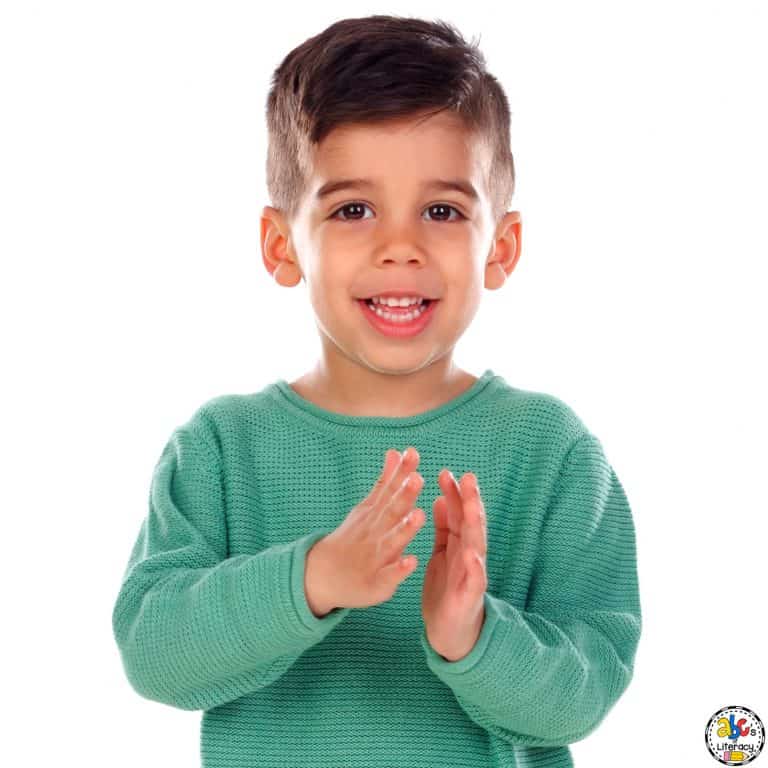 Extension ideas abound, from offering it with loose parts for kids to explore or creating your own class version with cut and glued shapes.
Extension ideas abound, from offering it with loose parts for kids to explore or creating your own class version with cut and glued shapes.
Buy it: Circle Under Berry on Amazon
17. Love Makes a Family by Sophie Beer
Most preschool classrooms engage in some kind of study of families, and this book is a must-have to encourage an inclusive view on the topic. Illustrations are colorful and engaging and sweetly portray many different variations on family structure.
Buy it: Love Makes a Family on Amazon
18. Kindness Makes Us Strong by Sophie Beer
Kindness is a universal theme in preschool, and this title brims with optimism and age-appropriate examples. Share it with kids and then celebrate their own kind ideas and actions.
Buy it: Kindness Makes Us Strong on Amazon
19. House: First Words Board Books by Michael Slack
We’ve used this collection of little label books—each features contents of a room in a home—in so many ways.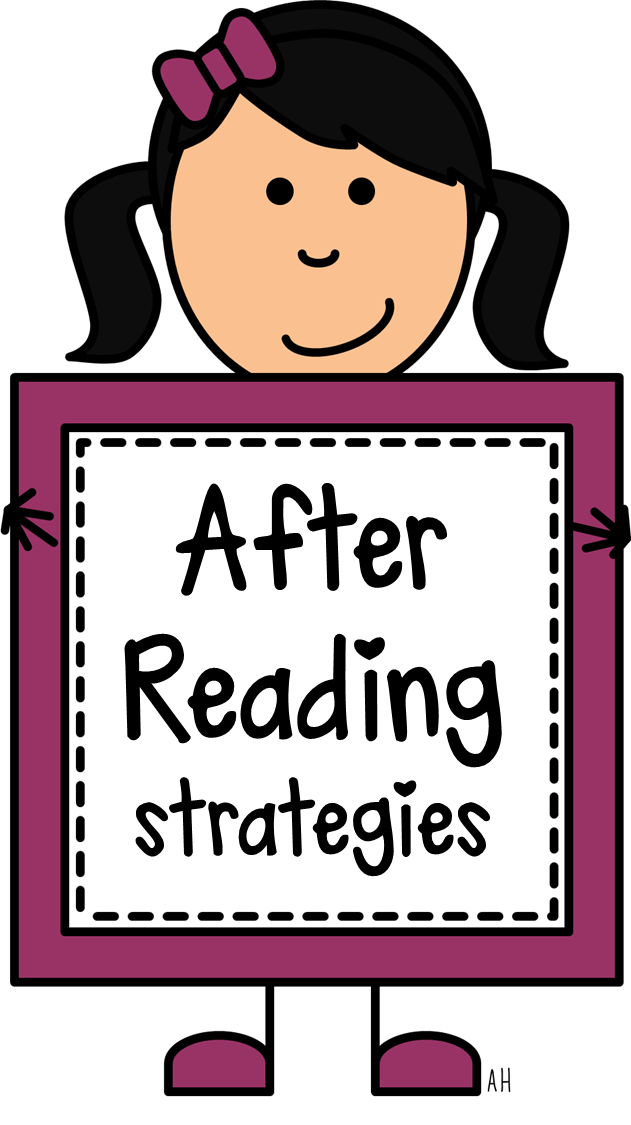 Share them to get kids talking about their own homes or as examples to inspire kids’ own label books. The little books fit into the box like a puzzle, so they make for a great item for independent exploration during quiet time too.
Share them to get kids talking about their own homes or as examples to inspire kids’ own label books. The little books fit into the box like a puzzle, so they make for a great item for independent exploration during quiet time too.
Buy it: House: First Words Board Books on Amazon
20. Wheels by Sally Sutton
Sally Sutton earned a special place in our construction book-loving hearts with Roadwork. This more recent title has a guessing game structure, which makes it perfect for reading aloud to kids who love vehicles.
Buy it: Wheels on Amazon
21. Penguin Bedtime Classics illustrated by Carly Gledhill
These are not your typical fairy tales! This board book collection distills classic tales down to a few basic—but still engaging—short sentences and fills in the gaps with diverse, fresh-feeling illustrations.
Buy it: Penguin Bedtime Classics on Amazon
22. If You Find a Leaf by Aimee Sicuro
A girl finds a leaf and imagines all the different things it could be.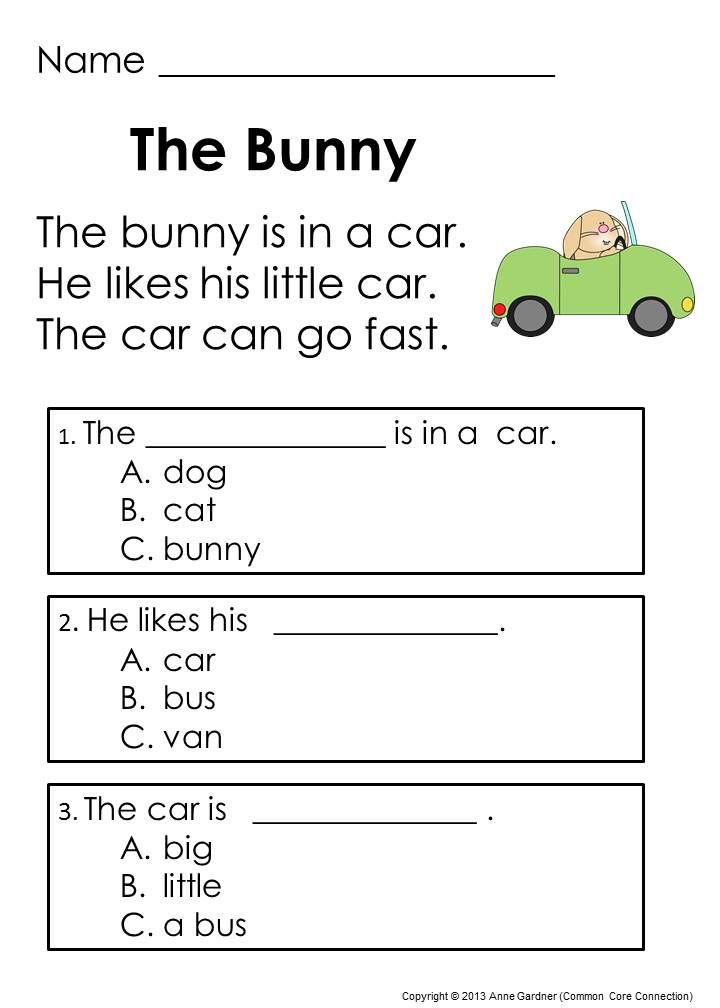 Gorgeous illustrations are so fun to pore over with kids. Add this to your preschool books for inspiring fall projects!
Gorgeous illustrations are so fun to pore over with kids. Add this to your preschool books for inspiring fall projects!
Buy it: If You Find a Leaf on Amazon
23. A Very Big Fall by Emmy Kastner
Here’s one for every kid who’s every worried over an upcoming change—even those that are supposed to be exciting. When the squirrels really talk up the fall changes to come, the little leaves get uneasy, especially Maple. This would be such fun to act out with puppets or flannel board pieces!
Buy it: A Very Big Fall on Amazon
24. A Spoonful of Frogs by Casey Lyall
A witch heats up her cauldron for making a delicious soup, with plenty of wholesome ingredients and topped off with frogs. But she can’t keep the frog from jumping off the spoon! This is a hilarious read-aloud with fun pretend-play connections.
Buy it: A Spoonful of Frogs on Amazon
25. The Winter Bird by Kate Banks
A nightingale with a broken wing can’t fly south for the winter. Luckily, the kind winter forest animals help it adjust to the unfamiliar cold and snowy weather. This is one of our new favorite preschool books for talking about both seasonal changes and kindness towards others.
Luckily, the kind winter forest animals help it adjust to the unfamiliar cold and snowy weather. This is one of our new favorite preschool books for talking about both seasonal changes and kindness towards others.
Buy it: The Winter Bird on Amazon
26. & 27. What Color Is Night? and What Sound Is Morning? by Grant Snider
These poetic titles celebrate the nuanced colors of night and the sounds of the very beginning of the day. Bedtime and early mornings are preschooler prime times, of course, so these are highly relevant preschool books. They’re great springboards for activities about looking and listening carefully and describing colors and sounds in your school environment too.
Buy it: What Color Is Night? and What Sound Is Morning? on Amazon
28. What’s the Weather? by Shelley Rotner
Since we love every single one of Shelley Rotner’s gorgeous photo essays, it was hard to choose one to feature, but this title is particularly interactive for classrooms having conversations about the weather.
Buy it: What’s the Weather? on Amazon
29. Pete the Cat and the Perfect Pizza Party by Kimberly and James Dean
Obviously, Pete the Cat is a preschool classroom’s best friend. We love this new fave—next to our all-time #1 Pete the Cat: I Love My White Shoes, of course—for talking all things pizza and all things starting with the letter P. Preschoolers giggle endlessly over Pete’s pals’ silly topping choices.
Buy it: Pete the Cat and the Perfect Pizza Party on Amazon
30. Pizza Day by Melissa Iwai
This realistic narrative about a family who makes pizza from scratch—think growing veggies and making homemade sauce—gives kiddos lots to talk about! After reading, it’s definitely time for some pizza-making of your own.
Buy it: Pizza Day on Amazon
31. Every Color Soup by Jorey Hurley
Soup is a close second to pizza for preschool cooking and food conversation possibilities. Elegant in its simplicity, this title features a single color word matched to a soup veggie on each page.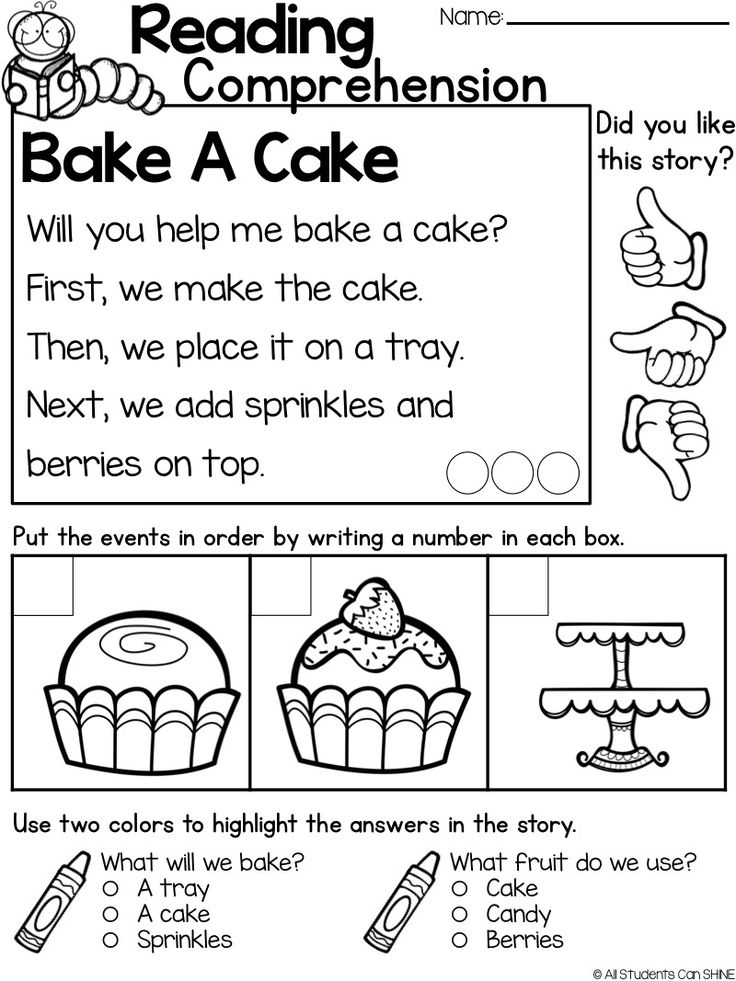 We love pairing it with a paint color exploration, painting full sheets of paper, and chopping them up into “soup” pieces.
We love pairing it with a paint color exploration, painting full sheets of paper, and chopping them up into “soup” pieces.
Buy it: Every Color Soup on Amazon
32. & 33. Good Morning Yoga and Good Night Yoga by Mariam Gates
Yoga story time is one of our favorite ways to incorporate yoga in the preschool classroom, and these are two of our go-to’s for energizing or winding down our littlest yogis.
Buy it: Good Morning Yoga and Good Night Yoga on Amazon
34. Find Fergus by Mike Boldt
Kids just love this book! Part story about a bumbling bear, part seek-and-find challenge, it’s perfect for sharing with a small group. Fergus wants to hide, but he needs a lot of guidance, which of course, young hide-and-seek experts find hilarious. We love preschool books that encourage pre-writers too—this one’s good for inspiring some list-making!
Buy it: Find Fergus on Amazon
35. Boxitects by Kim Smith
This is our newest favorite spirited STEAM tale.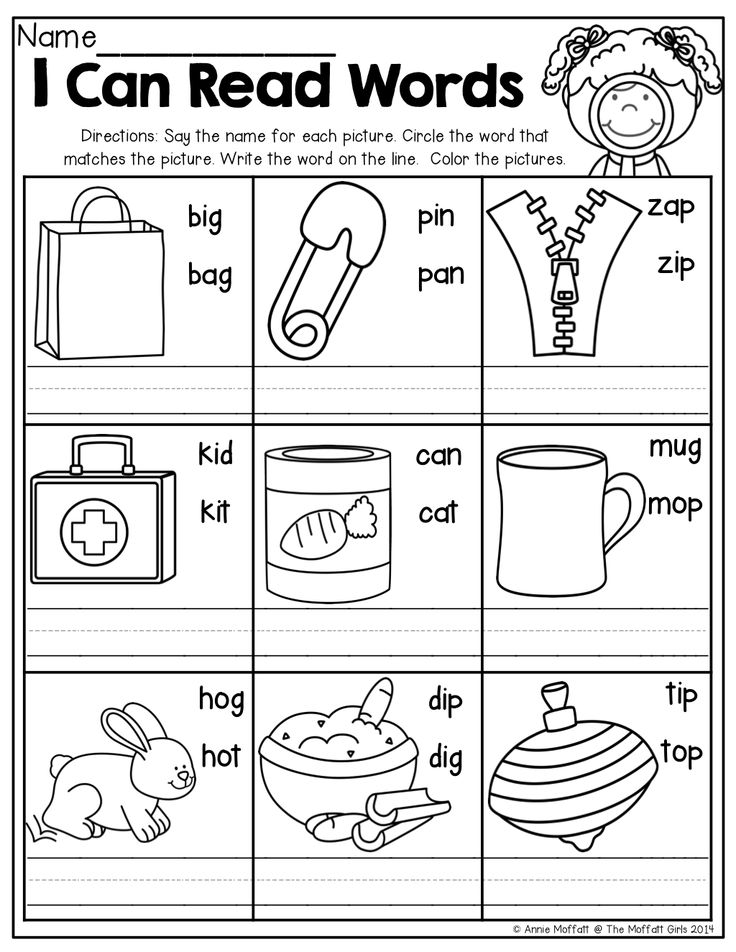 First of all, the amazing made-up words: Boxitect. Blanketeer. Spaghetti-tect. Kids want to be all of them. There is a nice underlying message about the value of teamwork, and tons of cardboard-box creation inspiration too.
First of all, the amazing made-up words: Boxitect. Blanketeer. Spaghetti-tect. Kids want to be all of them. There is a nice underlying message about the value of teamwork, and tons of cardboard-box creation inspiration too.
Buy it: Boxitects on Amazon
36. Kitten and the Night Watchman by John Sullivan
The dad in this touching story works night shift security at a construction site. Its hushed descriptions of his rounds—complete with repeated sightings of a small, gray kitten—mesmerizes kids. The text is richly detailed without being too much for preschoolers, and we love the nod to families in which parents work varying schedules.
Buy it: Kitten and the Night Watchman on Amazon
37. Alphonse, There’s Mud on the Ceiling! by Daisy Hirst
Monster sibs Natalie and Alphonse love playing outdoors but are frustrated to live in a tall apartment building. Creativity wins, though, and the story is full of their imaginative adventures both indoors and out.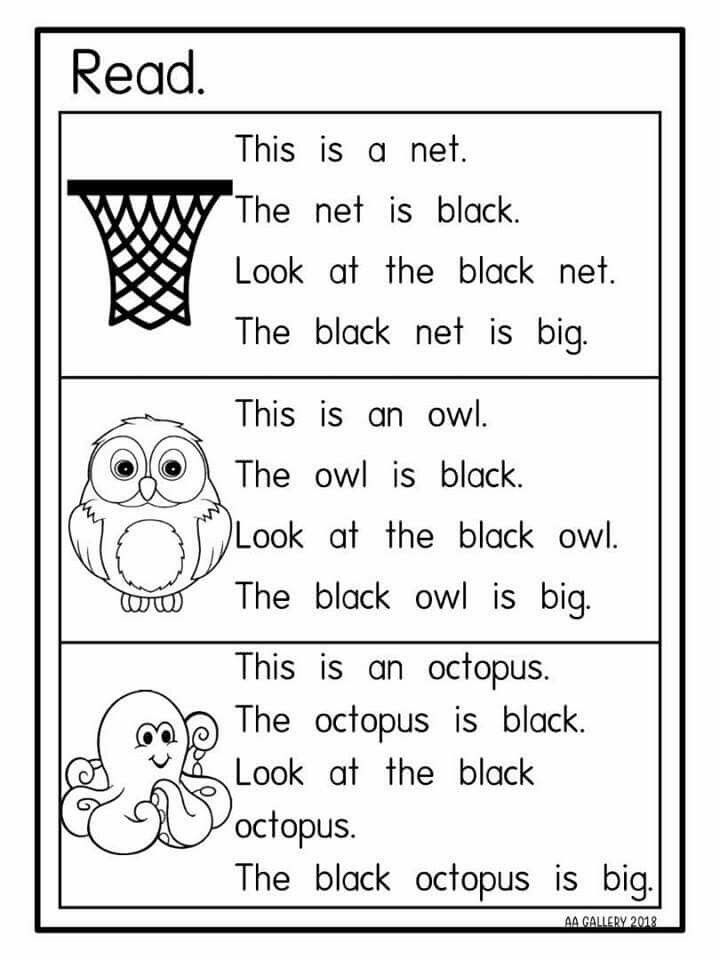 We like sharing a story about playing outside that also acknowledges the diversity of kids’ homes.
We like sharing a story about playing outside that also acknowledges the diversity of kids’ homes.
Buy it: Alphonse, There’s Mud on the Ceiling! on Amazon
38. A Story for Small Bear by Alice McGinty and Richard Jones
Small Bear is eager for her story time before settling in for winter’s sleep, but Mama tells her there’s preparation to be done first. Will they finish getting ready in time? This is hands down one of the sweetest preschool books we’ve read recently and weaves in so many preschool curriculum topics—family relationships, seasons, forest animals—and, of course, the power of stories.
Buy it: A Story for Small Bear on Amazon
39. Ruby’s Sword by Jacqueline Véissid
When preschoolers discover stick swords, our impulse can be to squash them in the name of safety. Imaginative Ruby shows us another path, though—one of ants rescued, apples procured, and fictional dragons challenged by a fearless knight, along with a satisfying, friendship-filled ending. Bookmark this for sharing each year when talking about using sticks in safe—but fun—ways.
Bookmark this for sharing each year when talking about using sticks in safe—but fun—ways.
Buy it: Ruby’s Sword on Amazon
40. Green on Green by Dianne White
This delightful journey through the colors of the seasons is particularly nice to share if you have a child in your class who’s expecting a sibling. The mother in the book subtly grows with each change in season, and by year’s end, the family celebrates a new arrival.
Buy it: Green on Green on Amazon
41. Penguin series by Salina Yoon
Penguin had our hearts back with Penguin and Pinecone, one of our favorite tales about the power of friendship that evokes amazing reflections from kids. In each subsequent story, Penguin sensitively grapples with a new social-emotional challenge, and we—and our penguin-loving preschoolers—are here for all of them.
Buy it: Penguin series on Amazon
42. Bird House by Blanca Gómez
A young girl finds an injured bird while on a walk with her abuela.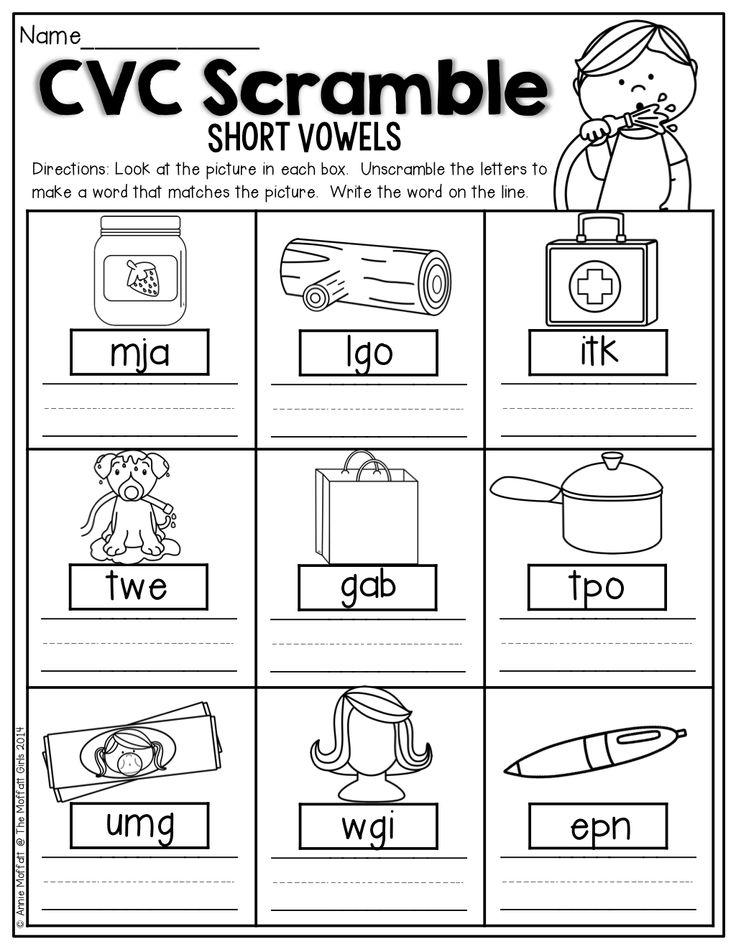 They nurse it back to health and release it—and receive a surprise visitor the following spring. If you’re looking to add to your collection of gentle preschool books for reading aloud again and again, this is a good choice. It’s also available in Spanish.
They nurse it back to health and release it—and receive a surprise visitor the following spring. If you’re looking to add to your collection of gentle preschool books for reading aloud again and again, this is a good choice. It’s also available in Spanish.
Buy it: Bird House on Amazon
43. Natsumi! by Susan Lendroth
Natsumi has tons of energy, just like many preschoolers we know. Her grandfather helps her channel it into the perfect pastime: drumming! We like to pair this book with … you guessed it: plenty of percussion invitations.
Buy it: Natsumi! on Amazon
44. & 45. Daniel Finds a Poem and Daniel’s Good Day by Micha Archer
If you think poetry isn’t for preschoolers, think again. They dictate the most perfect poetic lines, and this pair of titles is the best springboard. Daniel is an honest, observant, caring delight of a character.
Buy it: Daniel Finds a Poem and Daniel’s Good Day on Amazon
46. Mommy’s Khimar by Jamilah Thompkins-Bigelow
This feel-good story tells of a little girl who plays dress-up with her mother’s headscarves.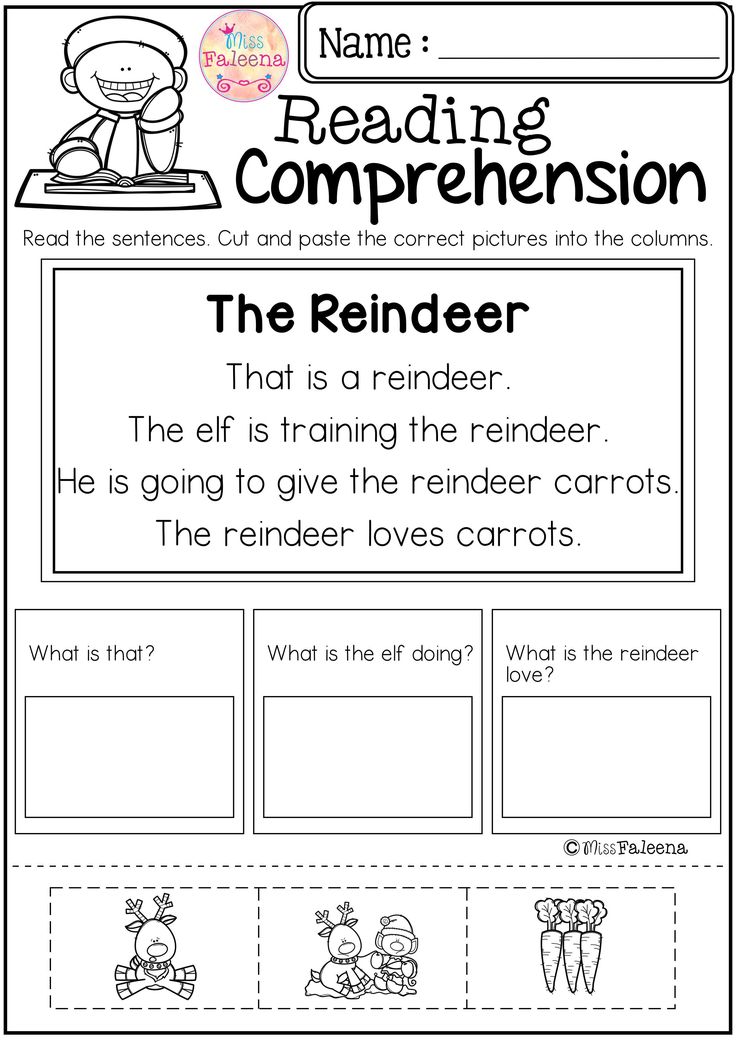 We love sharing it when talking about families or when conversations about head coverings arise among students.
We love sharing it when talking about families or when conversations about head coverings arise among students.
Buy it: Mommy’s Khimar on Amazon
47. I Really Want To See You, Grandma by Taro Gomi
This story is for every kid who fiercely misses a special relative. Yumi desperately wants to see her grandma, so she sets out for her house. What she doesn’t know is that Grandma has also decided to make a visit, causing some frantic back-and-forth.
Buy it: I Really Want To See You, Grandma on Amazon
48. Being Frog by April Pulley Sayre
April Pulley Sayre’s photos are unparalleled for encouraging kiddos to study nature and observe like scientists. We love all her titles, but this one is particularly helpful for classrooms that study frog life cycles.
Buy it: Being Frog on Amazon
49. What Happened to You? by James Catchpole
This is one of our new favorite preschool books for building empathy around differences and disabilities.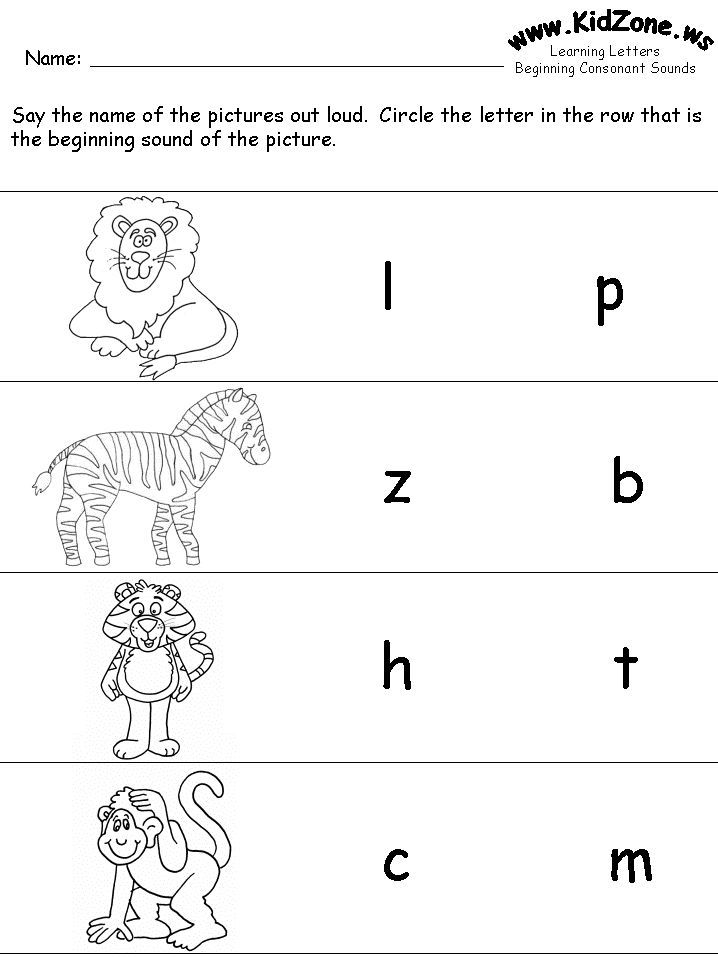 Joe just wants to play pirates at the playground, but the other kids can’t contain their questions about why he has only one leg. It’s a great #OwnVoices story for opening discussions about balancing curiosity with respect for privacy.
Joe just wants to play pirates at the playground, but the other kids can’t contain their questions about why he has only one leg. It’s a great #OwnVoices story for opening discussions about balancing curiosity with respect for privacy.
Buy it: What Happened to You? on Amazon
50. Listen by Gabi Snyder
We love preschool books that encourage mindfulness and wonder, and this does both. A girl practices listening to the myriad small sounds around her, naturally encouraging preschool students to do the same.
Buy it: Listen on Amazon
Looking for more book recommendations? Be sure to subscribe to our newsletters so you can get our latest picks.
20 reading texts for children aged 5-6-7-8
A child who has learned to put sounds into syllables, syllables into words, and words into sentences needs to improve his reading skills through systematic training. But reading is a rather laborious and monotonous activity, and many children lose interest in it.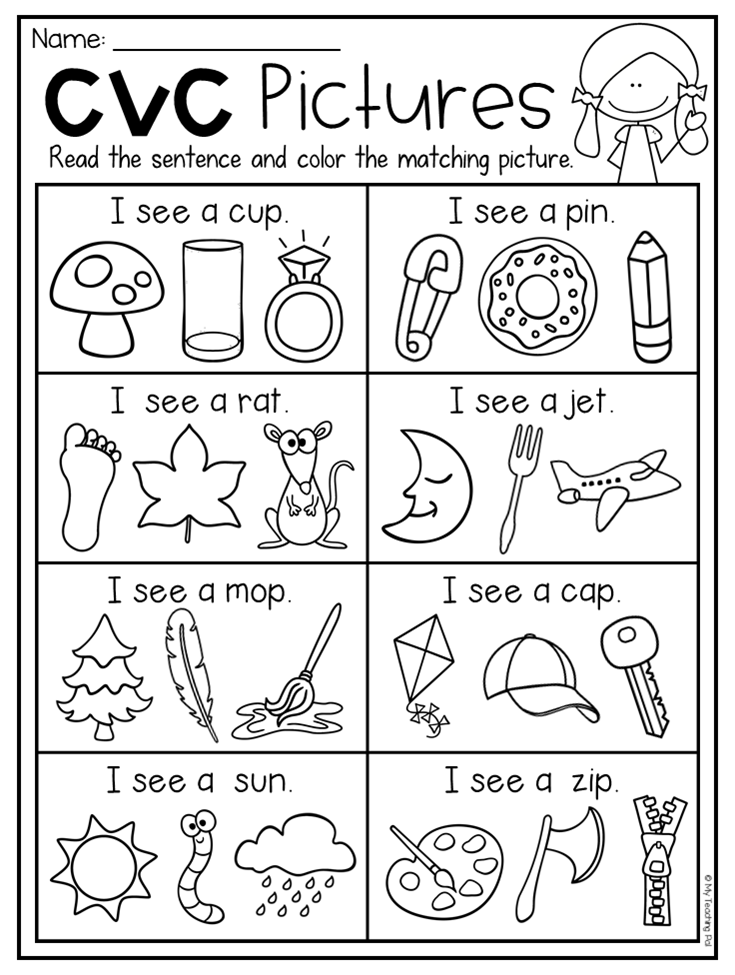 Therefore, we offer texts of small size , the words in them are divided into syllables.
Therefore, we offer texts of small size , the words in them are divided into syllables.
First read the work to the child yourself, and if it is long, you can read its beginning. This will interest the child. Then invite him to read the text. After each work, questions are given that help the child to understand what they have read and comprehend the basic information that they have learned from the text. After discussing the text, suggest reading it again.
Mo-lo-dets Vo-va
Ma-ma and Vo-va gu-la-li.
In-va ran-sting and fell.
It hurts no-ha, but Vo-va does not cry.
Wow!
B. Korsunskaya
Answer questions .
1. What happened to Vova?
2. What made him sick?
3. Why is Vova doing well?
Clever Bo-beak
Co-nya and co-ba-ka Bo-beak gu-la-li.
So-nya played-ra-la with a doll.
That's why So-nya in-be-zha-la to-my, and the doll for-would-la.
Bo-beek found a doll-lu and brought it to So-ne.
B. Korsunskaya
Answer the questions.
1. Who did Sonya walk with?
2. Where did Sonya leave the doll?
3. Who brought the doll home?
The bird made a nest on a bush. De-ti our nest-up and took off on the ground.
- Look, Vasya, three birds!
In the morning, deti came, and the nest was empty. It would be a pity.
L. Tolstoy
Answer questions.
1. What did the children do with the nest?
2. Why was the nest empty in the morning?
3. Did the children do well? How would you do?
4. Do you think this work is a fairy tale, a story or a poem?
Pete and Mi-sha had a horse. They began to argue: whose horse. Did they tear each other apart.
- Give me - my horse.
- No, you give me - the horse is not yours, but mine.
Mother came, took a horse, and became nobody's horse.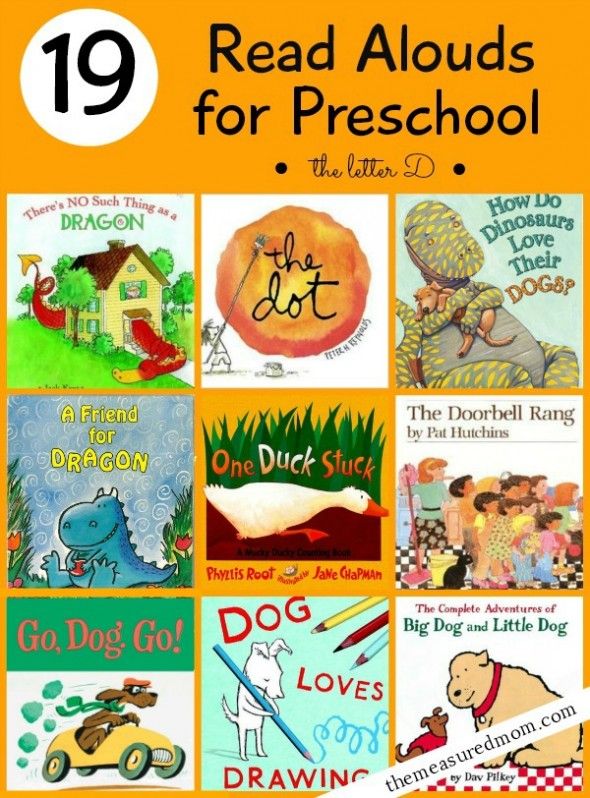
L. Tolstoy
Answer the questions.
1. Why did Petya and Misha quarrel?
2. What did mother do?
3. Did the children play horse well? Why do you think so
?
9000 9000 9000 9000 9000 9000 9000 9000 9000 9000 9000 9000 9000 9000 9000 9000 9000 9000 9000 9000 9000 9000 9000 9000 9000
015
9 9000 9000
FILVORDA for the development of reading, View here.
It will be interesting for children to read selected texts, they affect the emotional world of the child, develop his moral feelings and imagination . Children will get acquainted with the works of L. Tolstoy, K. Ushinsky, A.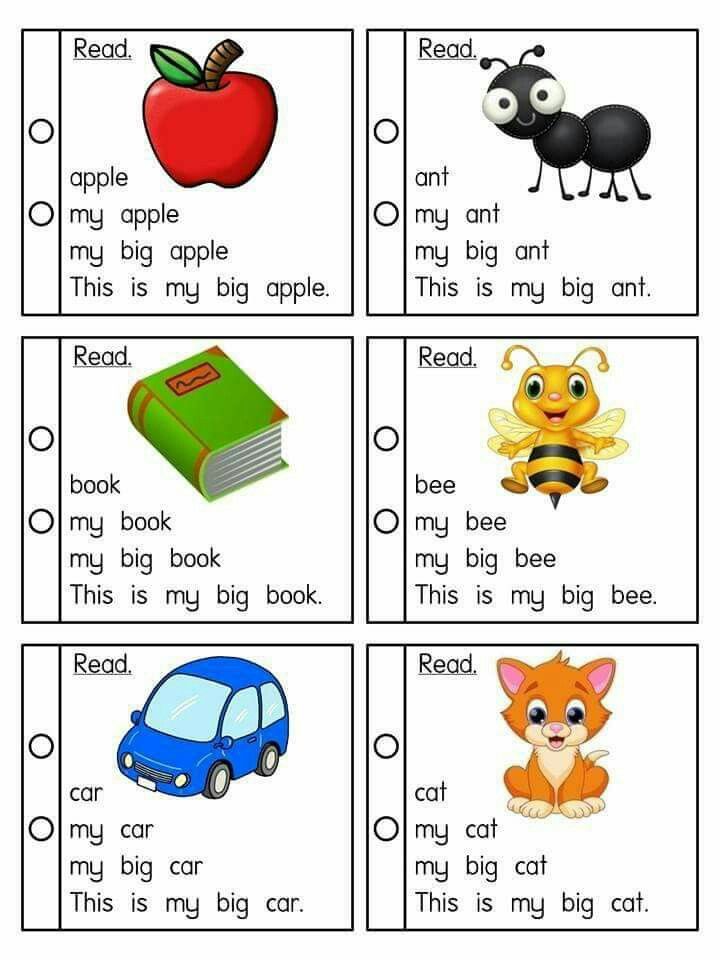 Barto, S. Mikhalkov, E. Blaginina, V. Bianchi, E. Charushin, A. Usachyov, E. Uspensky, G. Snegiryov, G. Oster, R. Rozhdestvensky, as well as fairy tales of different nations.
Barto, S. Mikhalkov, E. Blaginina, V. Bianchi, E. Charushin, A. Usachyov, E. Uspensky, G. Snegiryov, G. Oster, R. Rozhdestvensky, as well as fairy tales of different nations.
It is advisable to show children the genre features of poems, stories and fairy tales using the example of these works.
Fairy tale is a genre of oral fiction containing events unusual in the everyday sense (fantastic, wonderful or worldly) and distinguished by a special compositional and stylistic construction. In fairy tales there are fairy-tale characters, talking animals, unprecedented miracles happen.
Poem is a short poetic work in verse. The verses are read smoothly and musically, they have rhythm, meter and rhyme.
Story — small literary form; a narrative work of small volume with a small number of characters and the short duration of the events depicted. The story describes a case from life, some bright event that really happened or could happen.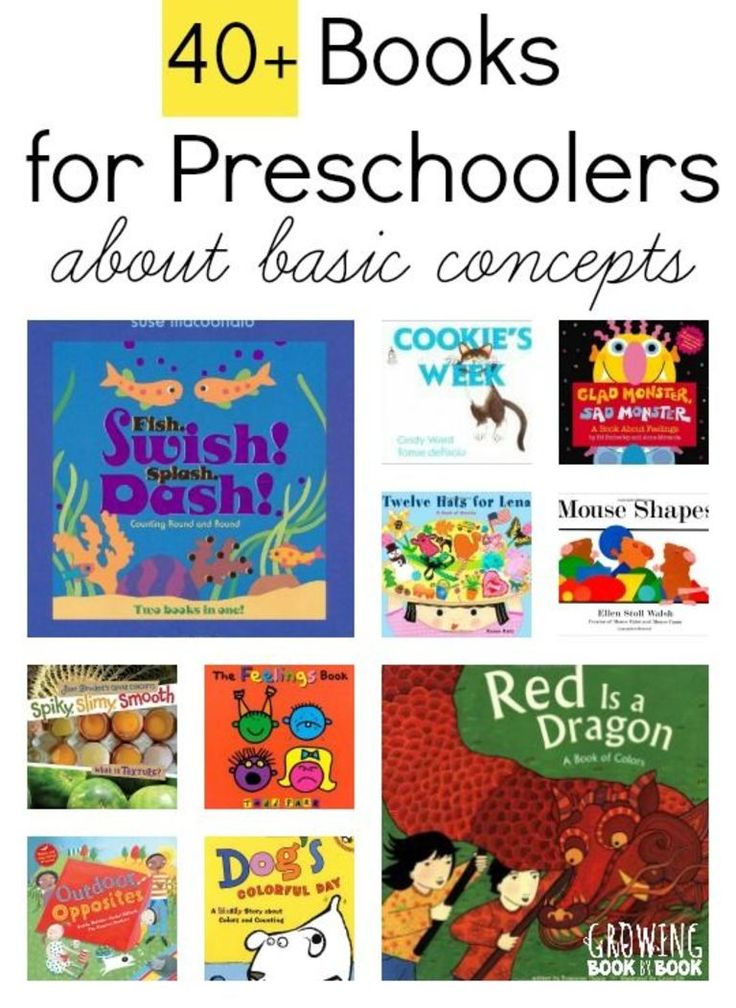
In order not to discourage reading, do not force him to read texts that are uninteresting and inaccessible to his understanding. It happens that a child takes a book he knows and reads it “by heart”. Mandatory every day read to your child poems, fairy tales, stories.
Daily reading enhances emotionality, develops culture, horizons and intellect, helps to cognize human experience.
Literature:
Koldina D.N. I read on my own. - M .: TC Sphere, 2011. - 32 p. (Candy).
Reading to children from 0 to 3
Let's talk about how to read with babies from birth to three years old: how to instill in children a love of reading, teach them to listen to poems and fairy tales, look at illustrations, and how to choose books for the youngest category of readers.
But first, a few words about why you need to read to children, who for the most part have not yet really learned to speak.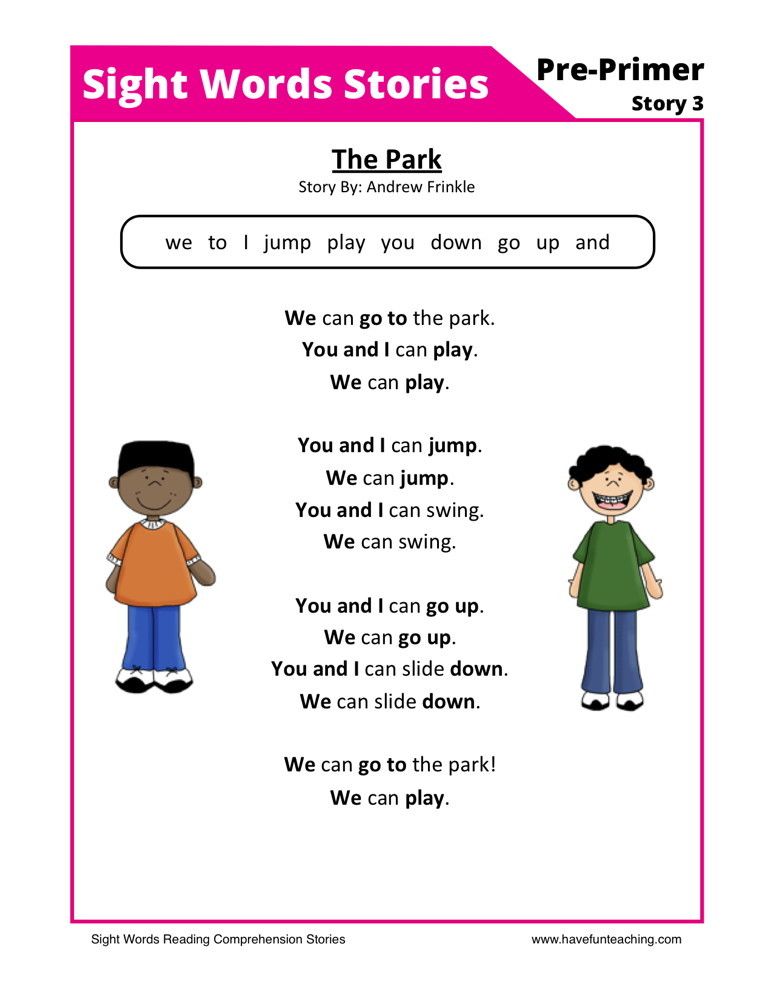 Reading children's books is a whole complex of activities. It consists of viewing illustrations, listening to text, matching text and pictures. Reading with a child is a serious job of developing the ability to listen, look at and notice details, read symbols and guess the meaning. By reading to a young child, we contribute to the development of his intellect, broaden his horizons, answer his questions, enrich his emerging speech. In addition, reading is a pleasant form of leisure, a way to distract an upset or naughty baby, one of the elements of the ritual of preparing for sleep, and it is also a whole world of fairy tales, without which it is difficult to imagine a happy childhood.
Reading children's books is a whole complex of activities. It consists of viewing illustrations, listening to text, matching text and pictures. Reading with a child is a serious job of developing the ability to listen, look at and notice details, read symbols and guess the meaning. By reading to a young child, we contribute to the development of his intellect, broaden his horizons, answer his questions, enrich his emerging speech. In addition, reading is a pleasant form of leisure, a way to distract an upset or naughty baby, one of the elements of the ritual of preparing for sleep, and it is also a whole world of fairy tales, without which it is difficult to imagine a happy childhood.
From birth to 6 months
Actually, the process of reading with children begins long before reading itself. In order for the baby to show interest in books, it is important that he masters two skills - the ability to listen and the ability to look at pictures.
It is known that the child's hearing develops in the womb and even before birth, the baby is able to hear and perceive the voices of parents, music, sounds of nature. And this is the valuable sensory baggage that you can give your baby even before he is born. During pregnancy, try to surround yourself and your baby with only pleasant sounds, arrange relaxation sessions more often, listen to good music, talk to your baby and tell him stories. And the meaning of fairy tales is absolutely not important here, your intonation, rhythm and pace of a work of art are much more important. When the baby is born, those poems and fairy tales performed by you, which he heard before he was born, will have a calming effect on him, and parents will always find something to tell the baby to console him or entertain him.
And this is the valuable sensory baggage that you can give your baby even before he is born. During pregnancy, try to surround yourself and your baby with only pleasant sounds, arrange relaxation sessions more often, listen to good music, talk to your baby and tell him stories. And the meaning of fairy tales is absolutely not important here, your intonation, rhythm and pace of a work of art are much more important. When the baby is born, those poems and fairy tales performed by you, which he heard before he was born, will have a calming effect on him, and parents will always find something to tell the baby to console him or entertain him.
As the baby grows up, the parental repertoire will gradually expand - to the fairy tales or poems already familiar to the child, nursery rhymes, jokes, lullabies and songs will be added. The book as it is is not yet needed here, but the verses of Barto, Chukovsky and Marshak memorized by heart will come in handy, as well as funny rhymes about the clubfoot bear and others that our mothers and grandmothers told us.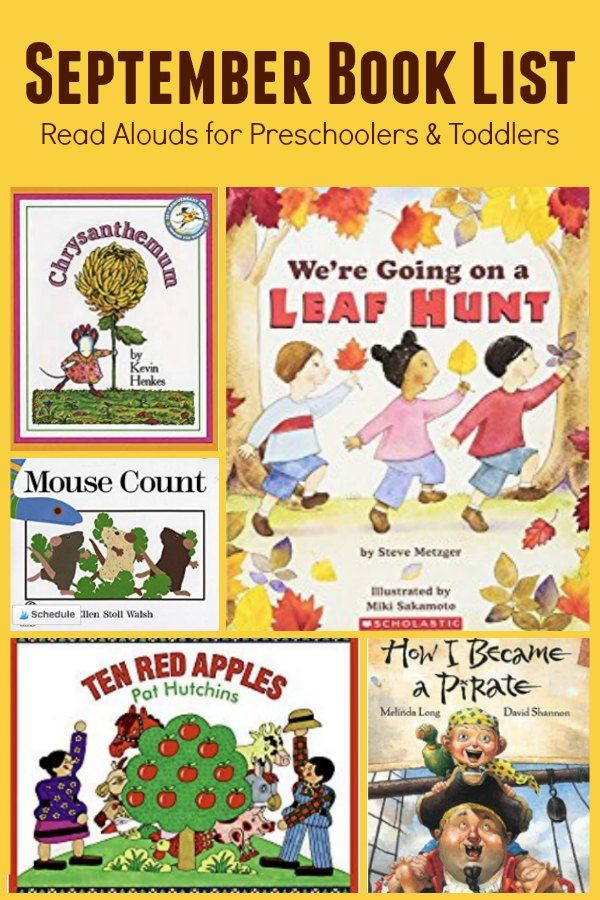
Your newborn baby grows and develops, and at the same time, his vision develops. Such an important organ in the knowledge of the world. When, by about three or four weeks, the baby learns to concentrate his eyes for a few seconds and thoroughly examines the faces of dad and mom - and these are the most important objects to look at at this age, you can offer him other objects that the baby will be happy to look at. These can be black and white pictures depicting lines, patterns or geometric shapes, as well as fairly large toys painted in one bright color. Such objects are able to hold the attention of newborn babies for a long time, and the ability to concentrate the gaze develops vision and enhances brain activity.
Already later, by three or four months, you will offer the child pictures that are more complex in color and shape - these can be drawings or photographs depicting people, animals, vehicles. Plus, you will show the child the world around - an apartment, a street.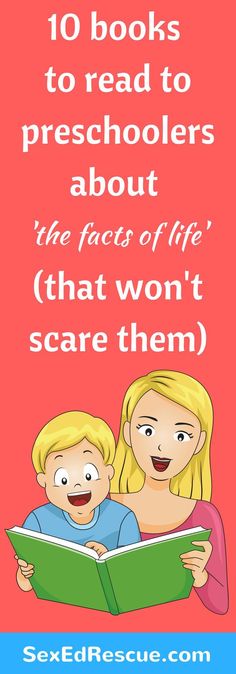 It is very important at the same time to pronounce the names of the objects that the baby sees.
It is very important at the same time to pronounce the names of the objects that the baby sees.
So, from the age of birth to six months, "reading" is a synthesis of two actions - looking at pictures and objects, as well as listening to works of art in the background.
From 6 months to a year
Perhaps your baby is already sitting, but even if not, then he probably already lies on his tummy for a long time or half-sitting in your arms. And for sure, he is showing more and more interest in everything that surrounds him.
It's time to get your first children's book. We are talking about cardboard baby books, which consist of a small number of dense, durable and safe pages. In fact, the pages are everything. Children like to manipulate the book by turning the pages - this, in addition to everything, is also a great exercise for developing fine motor skills. Most likely, the book will be tried on the tooth, but it will be reviewed one way or another.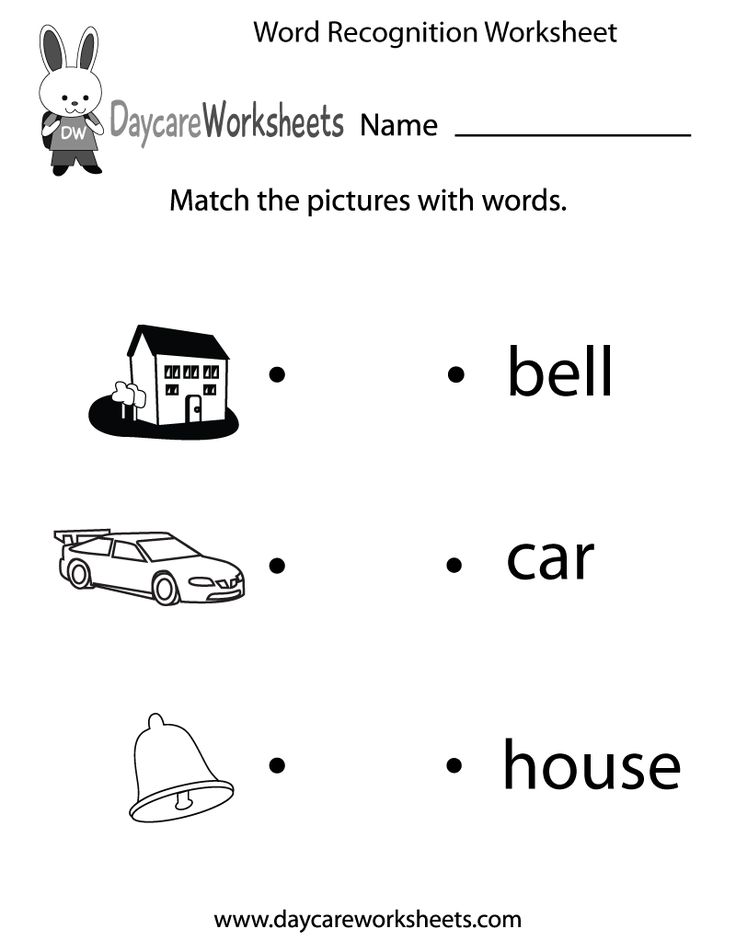 Do not buy a lot of baby books, two or three will be enough. Pretty soon you will see that the baby is ready to move on and then you can choose more meaningful books for reading together. The choice of the first book is a responsible matter.
Do not buy a lot of baby books, two or three will be enough. Pretty soon you will see that the baby is ready to move on and then you can choose more meaningful books for reading together. The choice of the first book is a responsible matter.
Here are some rules to help you:
- The book must have thick cardboard pages, the binding must be of high quality. It is important to be sure that when the child picks up the book, it will remain intact.
- Simplicity of illustrations. Ideally, when one image is placed on one page, if this is a plot, then it should be as simple as possible. It is still difficult for a child at this age to perceive a large number of details, he also does not understand the complex actions of the characters. The simpler the image, the more recognizable it will be to the child - accordingly, the interest in the book will be higher.
- Moderate colors. Ideally, if the book contains only four primary colors - red, yellow, green, blue (not counting black and white).
 The diversity of the image, again, will not be useful, but will only tire the child.
The diversity of the image, again, will not be useful, but will only tire the child. - Realistic pictures. The crocodile should be green and the tomato should be red. This is one of the most important points. A child at this age absorbs information in a colossal volume, and the inconsistency in its content is now absolutely useless. The same applies to the appearance of animals. Often artists like to depict animals in clothes, but this is absolutely contrary to the real idea of a cat or dog, for example. In the future, in more adult books, when the child will already be oriented in the world of objects and will understand what is reality and what is a fairy tale, then the cat can be in a dress, and in a hat, and with beads (if this corresponds to the plot). At the initial stage of understanding the world, a cat should look like a cat - four paws, a mustache, ears and a tail.
So, the ideal book for babies from six months old is a small cardboard format, in which each page shows a picture, the words in such a book are optional.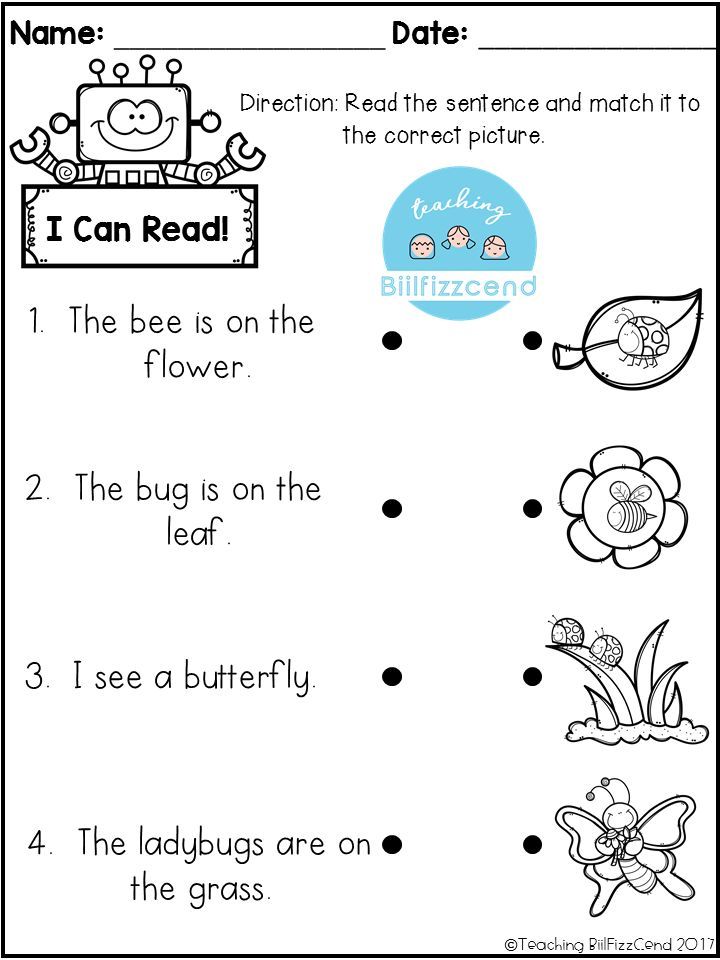 You will simply tell the child about what is shown in the picture - this will be the first fairy tale.
You will simply tell the child about what is shown in the picture - this will be the first fairy tale.
When you choose a book for your six-month-old baby, you need to find a moment when the child will be in a good mood, put him in your arms or lie down next to him and turn the pages of the book, sometimes saying what is depicted on them. Such “reading” will become the baby’s favorite pastime for a long time, he will especially like it when the baby learns to turn the pages on his own.
From one to two years
Among children and parents who love books, there is even a list of books that are ideal for kids of this age. We can say that these are win-win options:
- V. Bianchi "The Fox and the Mouse" - an excellent edition illustrated by Yu. Vasnetsov;
- E. Karl "The Very Hungry Caterpillar" - world bestseller;
- E. Karl "From Head to Feet" - also a favorite book of kids all over the world;
- Russian folk tales and nursery rhymes illustrated by Y.
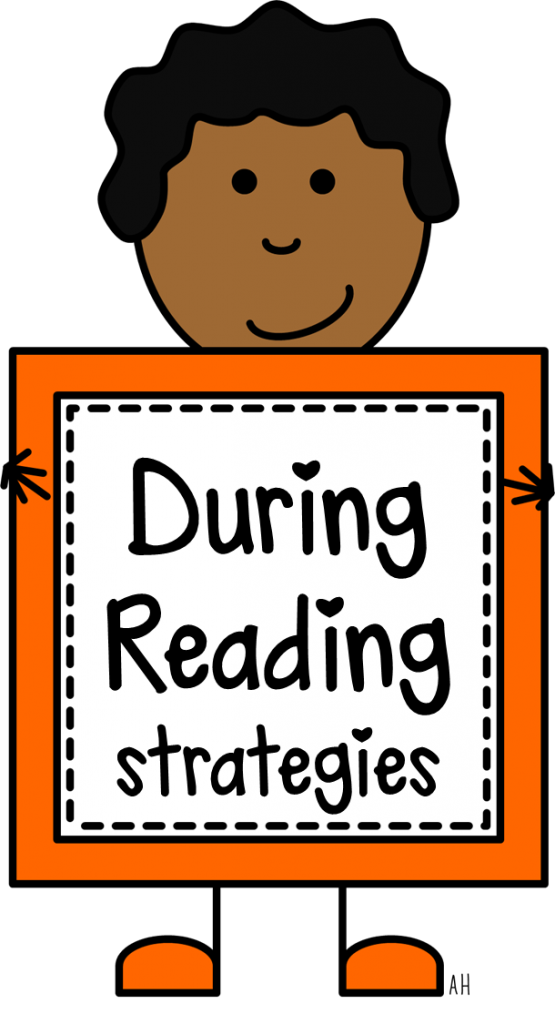 Vasnetsov;
Vasnetsov; - Children's books by Japanese writer Yusuke Yonezu.
Usually these books instantly become favorites among kids and are read to holes. They are valuable, first of all, for their illustrations, their small texts are simple and uncomplicated. These books are just perfect for learning to relate pictures to text - an important skill that will come in handy for a child in the future.
The kid grows up and his interest in reading continues to grow - at some point you will understand that the reading list should be expanded and collections of poems by K. Chukovsky, S. Marshak, A. Barto, B. Zakhoder, as well as fairy tales V Suteeva.
Encourage any child's interest in books. It happens that in the entire collection of poems the baby is attracted only by one quatrain or one picture, read and examine them again and again. Only your sincere interest, your interest and patience (sometimes you have to read the same verse thirty times a day) can support the love of reading in a baby.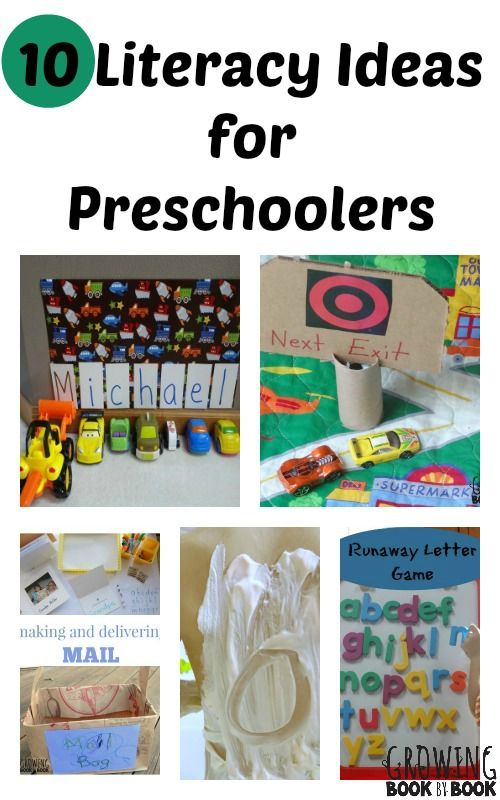
Also an important point of this period is looking at plot pictures, and it will remain so for a long time, becoming more complicated and changing depending on the age and interests of the child. For one or two one-year-old children, the pictures for looking at should be quite simple and clear, selected by subject - transport, animals, vegetables, fruits. Books like encyclopedias for the smallest respond well to this request.
The child will periodically leaf through these books, linger on the objects he likes, poke his finger or otherwise attract your attention, wanting to know the name of the object. When the baby starts talking, you will ask him what he sees in the pictures, and this will become one of the most beloved joint games.
Looking at pictures, we not only name objects, we also describe their properties, actions, and come up with plots. Thus, we develop the child's imagination, form his vocabulary, enrich his speech, help him learn to look at the same objects differently.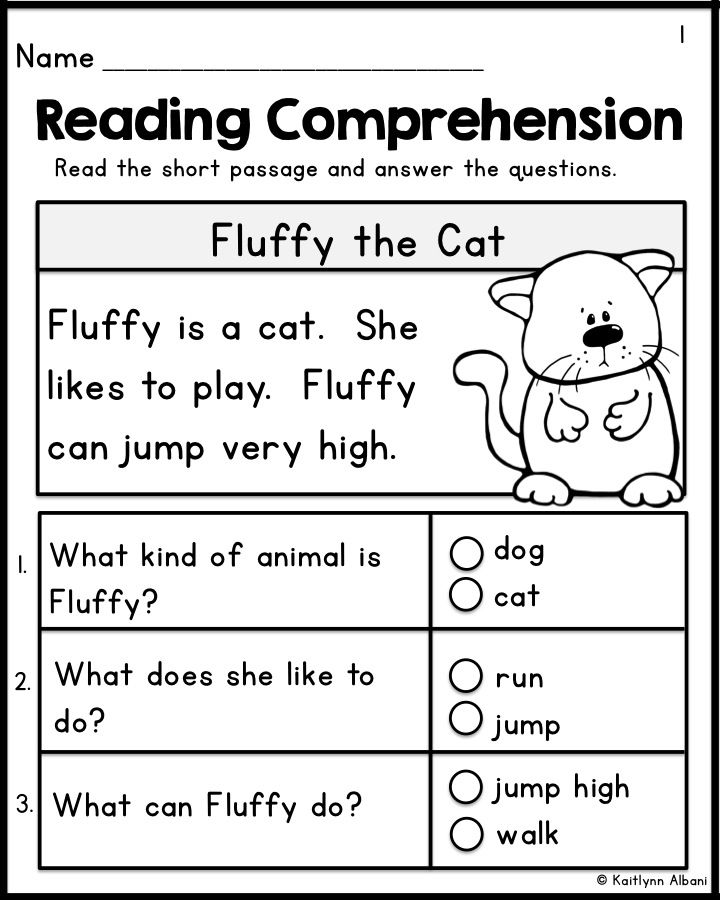
Now quite popular and loved by many children are books for viewing by Suzanne Berner, Doro Goebel and other authors - these books are a real treasure for showing parental improvisation in describing the plots of illustrations.
Books with windows, with moving and tactile elements are a good help in attracting a child to look at pictures. Such publications are able to keep the attention of the child for a long time, increase his interest in the content of the book.
Reading for children aged one to two is the world of illustration. Everything that is written about should be drawn - this is very important for the baby, because he himself cannot yet imagine a bull that walks on a swinging board, but he is happy to discover objects that he has just heard about on the pages of the book.
Two to three
If you started “reading” to a child literally from birth, then most likely at this age you will already be well versed in children's literature, and the reading list for children of two or three years is so wide and varied that it is difficult to cover it in one article. But if you are just starting to read with your baby and it seems to you that he does not show much interest in books, then you can resort to little tricks.
But if you are just starting to read with your baby and it seems to you that he does not show much interest in books, then you can resort to little tricks.
- Choose books for your child based on their interests. For example, if your kid is interested in animals, then perhaps he will be interested in the poems of S. Marshak or B. Zakhoder;
- Always carry a book in your bag. If you have to take the child on a trip, queues, etc., then you can offer him to read;
- Act out home plays based on famous fairy tales. It is very easy even at home to show the performances "Teremok", "Kolobok" or "Turnip", so you will introduce the child to works of art. After that, invite the baby to read together about the heroes he loves;
- Leave books in the public domain;
- Read aloud! Even if the child is playing or doing something, and you sit next to him and start reading a book, sooner or later the baby will show interest and join you.
